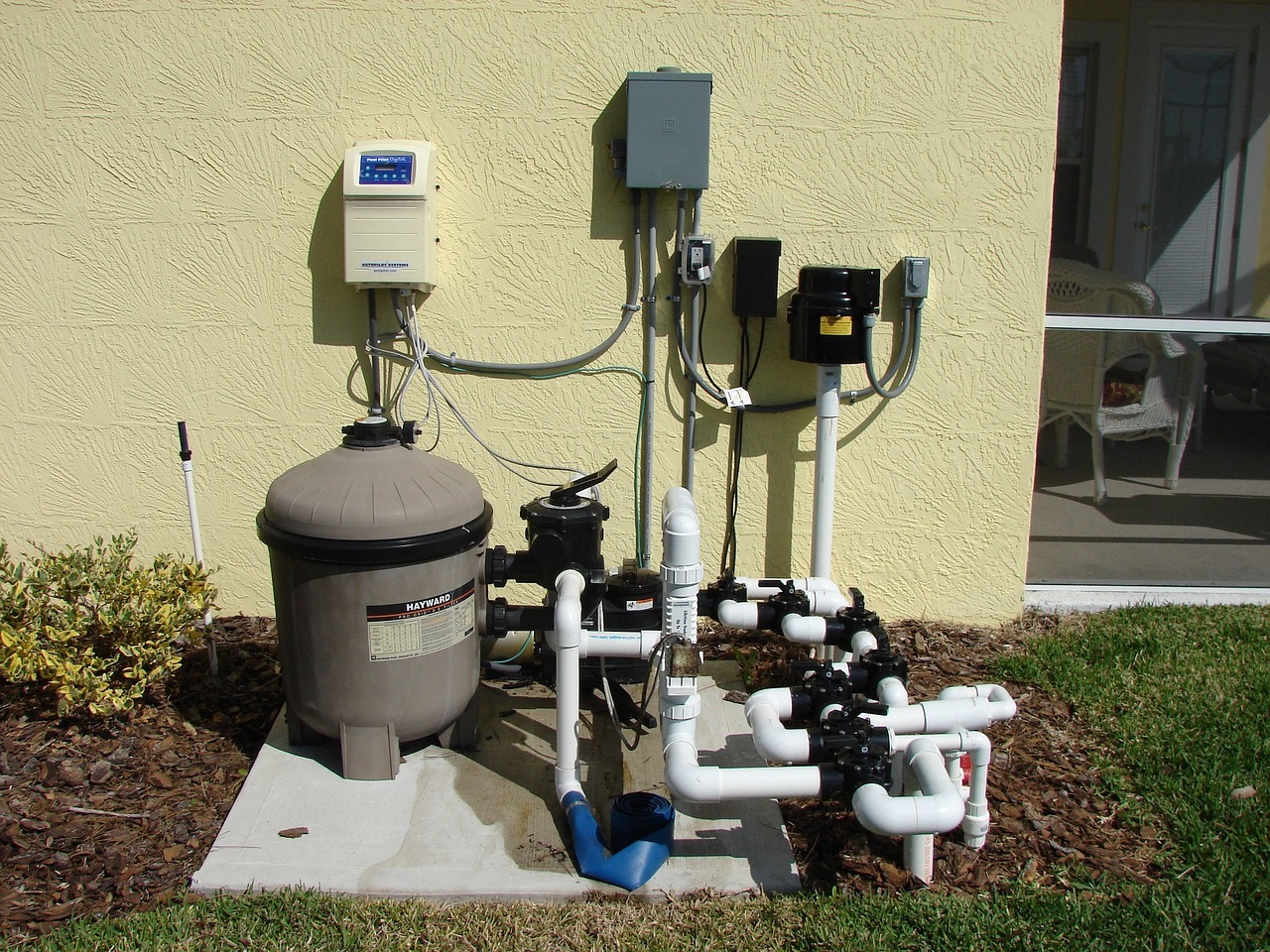It’s essential to avoid consuming unclean water as it’s hazardous for your health. Even the water flowing from your faucet at home may be unsafe for drinking. Water that hasn’t been purified may contain contaminants like bacteria, dirt, pesticides, and other dangerous chemicals. It can also cause diseases such as cholera, dysentery, diarrhea, typhoid, and other water-borne diseases. Even water that looks visibly clean may be swamped with contaminants without you knowing it.
It’s, therefore, crucial to ensure your water has gone through at least one purification process before drinking. Fortunately, water purification at home isn’t a complicated process and it’s doable in easy and fast methods. Here are five ways you can make your water pure and safe for your consumption right at home.
1. Water Filtration
Water filtration is one of the most effective ways of water purification. By using water filters, it may help you remove foreign contaminants in the water. You can get your water filters from companies like Filtap and other reputable companies within your area. They come in different sizes and costs depending on your home’s pure water needs. Filters use physical and chemical processes to remove contaminants and make water safe for consumption.
In addition, water filtration doesn’t remove mineral salts from the water. Therefore, water that has gone through this process is considered healthier than water filtered through other methods. Once a water filter is installed, you can drink water directly from your faucet as it’ll be free of debris, dirt, and contaminants.
2. Boiling Water
This is the number one cheapest, most convenient, and yet safe method of purifying water. Impurities present in different water channels or water sources may cause water reaching your home to be unsafe for drinking. Boiling it kills the parasites and germs present. This method has been relied on by people for generations as a sure way to produce potable drinking and cooking water. However, you need to know how to do it properly for it to be effective.
First, if the water looks cloudy, you’ll need to filter it before you can boil it. This will remove dirt and other debris. You can do this by using use a clean cotton cloth or coffee filter until it becomes clear. When it comes to boiling, it’s recommended that you bring the water to boil leave it to continuously do its thing for one to three minutes.
If you live at a higher altitude, you may need to boil your water for longer than a person living at a lower altitude. Water generally boils at lower temperatures at higher altitudes. Keep the water covered and leave it to cool before you proceed with drinking it.
3. Water Distillation
The distillation method is mainly used when making alcoholic beverages but is also a method to purify water. It uses heat to boil the water and collect it in its vapor form. Naturally, water has a lower boiling point than water contaminants and other harmful elements in it. The process involves heating the water until it reaches boiling point and is left in this state to vaporize. The water vapor is directed to a condenser for cooling.
After cooling, the vapor reverses to liquid water that’s safe for drinking. This effectively purifies water and removes germs, bacteria, heavy metals, and salts. It’s regarded as an ideal water treatment method, especially when you’re using raw untreated water. However, although the process is quite simple, it’s slow and only convenient when distilling small water quantities.
4. By Using Bleach
In emergencies, you can use bleach to purify water at home. However, you need to be careful and know how to use it to safely and successfully purify your water. This is because the chemical in the bleach may be harmful or ineffective if not used correctly.
The initial step is to ensure that you’re using soap-free chlorinated bleach. You also need a sterile medicine dropper to add bleach to the water. You need to know the recommended quantities of bleach per gallon of water. After mixing the two, ensure to let the water sit for at least 30 minutes before drinking.
5. Through Chlorination
Chlorine is a chemical used for many years to treat water at home and in other places. It’s known for being effective in killing parasites, germs, and other disease-causing water contaminants. You can use either its liquid or tablet form, plus it’s an off-the-shelf water treatment and purification product.
However, you should take caution when using chlorine. For instance, a person suffering from typhoid needs to talk to a medical professional before using water purified with chlorine. Also, tablet chlorine dissolves better in heated water that’s above 21 degrees Celsius. Chlorine is said to kill all bacteria in the water, leaving it pure and safe for drinking.
Final Thoughts
Keep yourself and your household from unknowingly using contaminated water. Unclean water causes severe health issues, some with fatal consequences if not quickly and adequately treated.
Some water purification methods like boiling and distillation are free and you don’t need any complicated equipment. Take caution when using bleach and chlorine, noting to use the recommended quantities. Also, ensure to get your water filter from reputable companies that can do routine checks and maintenance when you need them.

